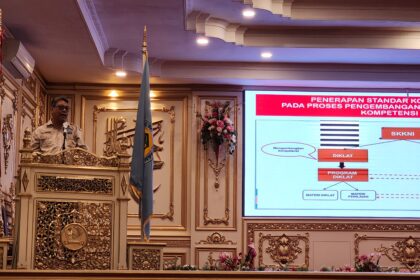[ad_1]
A set of interrelated factors have led India to the Covid-19 crisis it is experiencing today – a government apparatus more invested in upholding the cult of personality around its strongman leader, a continuous hollowing out of democracy over the past few years, pressure on the free media, attacks on freedom of speech and expression, and a federal government in continuous election mode.
Warnings about an impending second Covid-19 wave began as early as November 2020. Yet the federal government, led by Prime Minister Narendra Modi’s Bharatiya Janata Party (BJP), spent the last few months on electioneering and image management.
The BJP made winning the recent elections in the eastern state of West Bengal a matter of prestige. While cases of the new variant of Covid-19 were rising throughout the country, Modi and his party continued with mass rallies throughout the state.
On April 17, as India, whose population is more than 1.3 billion, approached the third consecutive day of 200,000 new Covid-19 cases, Modi addressed an election rally where he said he was “elated to see a large crowd.â€
Also read: Modi’s Covid catastrophe sows seeds of a backlash
Eager to burnish its Hindu-nationalist credentials, the federal government allowed the Kumbh Mela, one of the world’s largest religious gatherings, to proceed. By the time Modi asked on April 17 for the pilgrimage to be conducted “symbolically,†at least 6 million people from across the country had already finished the pilgrimage.
By contrast, last year the party’s supporters in the national media had dubbed a smaller Muslim gathering as a super-spreader event. Hashtags on Twitter like #coronajihad were employed to call for the social ostracization of Indian Muslims. This was part of the BJP’s strategy of using religious polarization to reap electoral dividends.
The hollowing of India’s democracy and its relation to the ongoing health crisis can be seen from the partisan role played by India’s ostensibly independent institutions. Opposition parties have accused the Election Commission of doing the BJP’s bidding. It was accused of needlessly stretching out the West Bengal election across one month in eight phases, giving members of the federal cabinet enough time to campaign across the state.
Regional courts have since come down heavily on the commission for its laxity in ensuring strict Covid-19 protocols were followed. On April 26, the Madras High Court went so far as to suggest that the commission ought to be charged with murder for its negligence.
As the state largely receded from the public space and as a provider of public services, Indians turned to family networks and social media to ensure access to hospitals and procure vaccines, medicines and medical oxygen. Yet the federal government and BJP-ruled state governments have sought to tamp this down, too.
The federal government asked Twitter to take down posts critical of the government’s handling of the crisis. The BJP-led government in Uttar Pradesh, presided over by Chief Minister Yogi Adityanath, a rumored successor to Modi, went further. It instructed officials to use the National Security Act to seize the property of those who spread “rumors†on social media and “spoil the atmosphere.â€
Rather than focusing on the Covid-19 crisis, the federal health minister, Harsh Vardhan, has spent most of his time picking fights with opposition-party-ruled states, which have complained of not receiving their share of medical oxygen and vaccines from the federal government. This is the same minister that in early March boldly declared that India was in the “endgame of the pandemic.â€
He is also infamous for supporting a little-known herbal medicine as an antidote to the Covid-19 coronavirus, inviting a rebuke from the Indian Medical Association.
Vardhan’s antics are merely another example of the largely talentless nature of the federal cabinet. Most decision-making is concentrated in the Prime Minister’s Office. This, combined with pliant media and an overall atmosphere that frowns on dissent and criticism, contributed to the government’s mishandling of the Covid-19 crisis.
The prime minister’s cult of personality is such that even as India struggles with the second wave of the virus, the federal government has decided to go ahead with the Central Vista project. This is an approximately US$1.8 billion plan to remake New Delhi’s government quarter, complete with a new parliament building and residence for the prime minister.
In a sign of official apathy toward the country’s health crisis, the government classified the project an “essential service.†This allowed construction to go ahead despite Delhi being under lockdown. Due to be completed in 2022, in time for the 75th anniversary of India’s independence, the project will mark Modi’s literal stamp over India’s political architecture.
On May 2, results of the state elections were announced. The BJP was trounced in three of the four states that went to the polls, including West Bengal, a state on which Modi, his government and party expended much energy.
National elections are not due until 2024. It remains to be seen if Modi and his party will incur a political cost then. What will remain unsalvageable, though, is the enormous suffering experienced by the Indian people.
This article was provided by Syndication Bureau, which holds copyright.
[ad_2]
Source link










